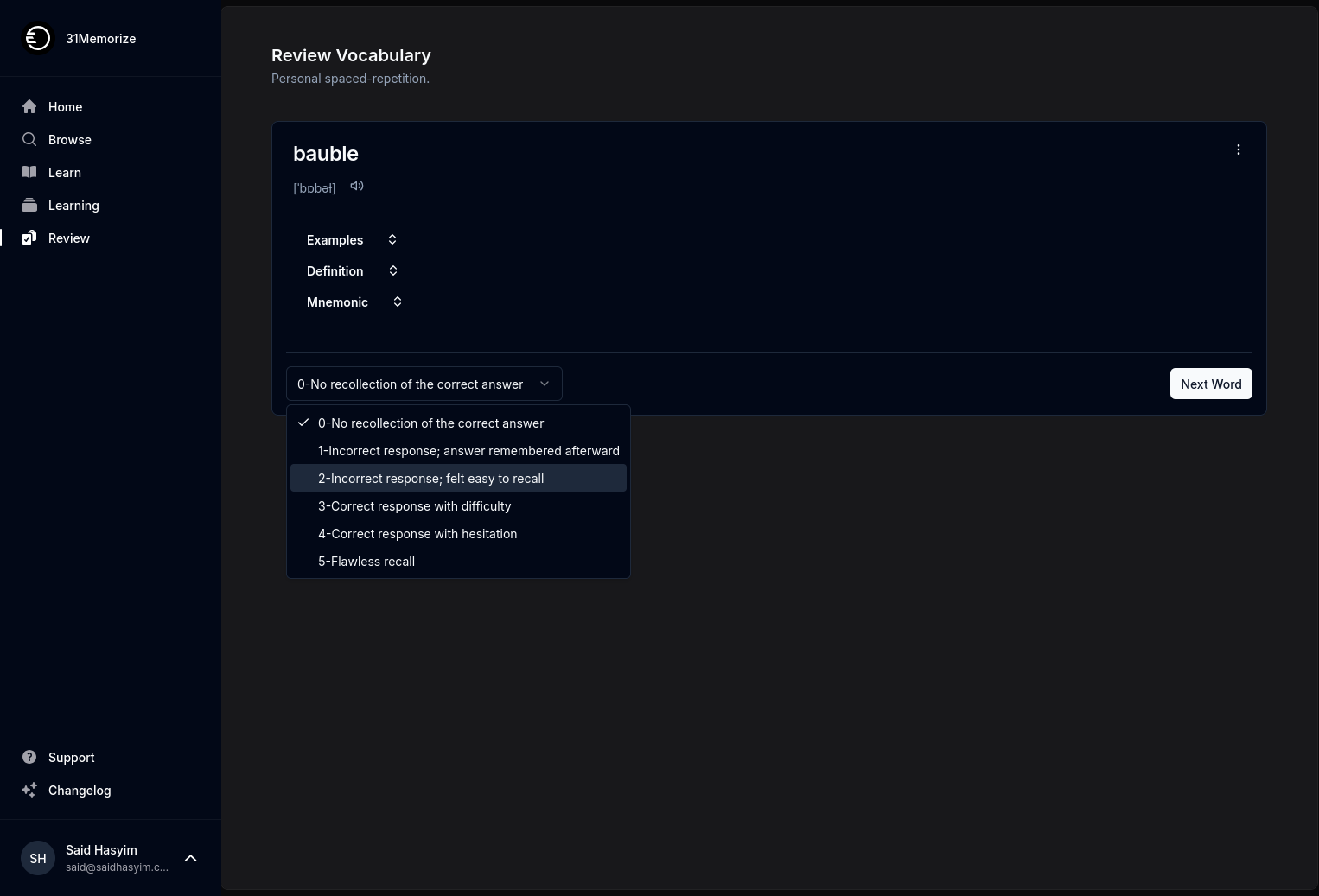Engaging Readers: An Author’s Guide to Feedback
Writing a book is a solitary journey, but its ultimate purpose is to connect with readers. One of the most fruitful ways to enhance this connection and improve your craft is through feedback. As authors, being receptive to feedback can not only elevate your work but also foster a stronger relationship with your audience. This blog post will explore how to effectively engage readers to gather meaningful feedback while emphasizing the importance of this process in your writing career.
Understanding Feedback: What It Is and What It Isn't
Before we delve deeper, it's crucial to understand the nature of feedback. Feedback is constructive criticism or insights provided by readers that can help identify the strengths and weaknesses in your writing. Here are a few things to keep in mind:
- Yes, It’s Subjective: Feedback can vary widely among readers. Personal tastes play a significant role in how your work is received.
- It’s Not Just Critique: While feedback often involves suggestions for improvement, it can also encompass what readers loved about your writing. This positive reinforcement can be just as valuable as critical insights.
The Importance of Feedback in the Writing Process
1. Refinement of Ideas
Feedback allows you to refine your ideas. When readers offer their perceptions, it can highlight areas within the narrative that may be confusing or underdeveloped. Engaging with their insights can lead to an evolution in your storyline or character arcs, making them richer and more engaging.
2. Strengthening Your Voice
Authors often struggle to find a unique voice that resonates with readers. Feedback helps to illuminate which aspects of your voice are strongest and which may need reconsideration. It becomes a guide to what feels authentic and engaging to your audience.
3. Building a Community
Engaging with your readers creates a sense of community. Readers who feel valued are more likely to become ambassadors for your work, creating a ripple effect that can lead to enhanced visibility and sales.
4. Enhancing Emotional Impact
Sometimes, what you intend to convey emotionally doesn’t always translate on paper. Feedback can offer insights into how your story affects readers emotionally, highlighting moments of joy, sadness, or suspense that resonate powerfully.
Methods for Gathering Feedback
1. Beta Readers
Beta readers are individuals who read your manuscript before publication. They can provide invaluable feedback regarding structure, pacing, and character development. Here’s how to effectively utilize beta readers:
- Select Wisely: Choose beta readers who enjoy your genre and represent your target audience.
- Provide Guidelines: Offer a few specific questions or areas you’d like them to focus on, such as character development or plot pacing.
- Be Open: Create a comfortable environment where they feel encouraged to provide honest feedback, even if it's critical.
2. Writing Groups
Joining a writing group can provide a steady stream of feedback. In a writing group, you not only share your work but also help others by giving them feedback. Here are a few advantages:
- Diverse Perspectives: Gain insights from writers at various stages of their careers or with different writing styles.
- Motivation and Accountability: Being part of a group encourages productivity and keeps you accountable to your writing goals.
3. Online Platforms
Utilizing online platforms dedicated to writers can expand your reach. Websites such as forums or communities focused on writing allow you to share excerpts and gather feedback from a wider audience.
4. Social Media Engagement
Leverage social media to engage directly with readers. By sharing snippets of your writing, asking for opinions on specific elements, or running polls, you can directly involve your audience in your creative process.
How to Respond to Feedback
Receiving feedback—especially critical evaluation—can be difficult. Here’s how to approach it positively:
1. Practice Detachment
Try not to take feedback personally. Remember that it’s meant to improve your work, not to criticize you as a person. Practice seeing feedback as a tool for your development.
2. Analyze Trends
When you receive feedback, pay attention to recurring themes. If multiple readers point out the same issue, it’s worth considering making changes based on their insights.
3. Thank Your Readers
Always express gratitude to those who take the time to provide feedback. This acknowledges their effort and keeps the door open for future engagement.
4. Selectively Implement Changes
Not all feedback will resonate with you or align with your vision for your work. It's essential to sift through the suggestions and choose what aligns best with your style and message.
Cultivating Future Feedback Opportunities
Once you’ve gathered feedback and made revisions, aim to cultivate future feedback opportunities:
- Engage Your Community: Regularly interact with your readers via newsletters, social media, or events. Keeping them in the loop fosters loyalty and enthusiasm for your work.
- Share Your Journey: Chronicle your writing process and ask for feedback along the way. Readers enjoy being part of the journey from inception to finished product.
- Follow Up: After you implement feedback, consider sharing the revised sections or chapters with the original feedback providers to show them how their input influenced your work.
Conclusion
Engaging readers through feedback is not just a means to improve your writing—it's a way to build a connection with your audience and involve them in your creative journey. By understanding the importance of feedback, adopting various methods to gather it, and approaching it with the right mindset, you can significantly enhance your work while creating lasting relationships with your readers. Remember, writing is not a solitary act; it’s a collaborative journey that benefits from the insights and support of your community. Embrace feedback, and watch as your writing flourishes.
